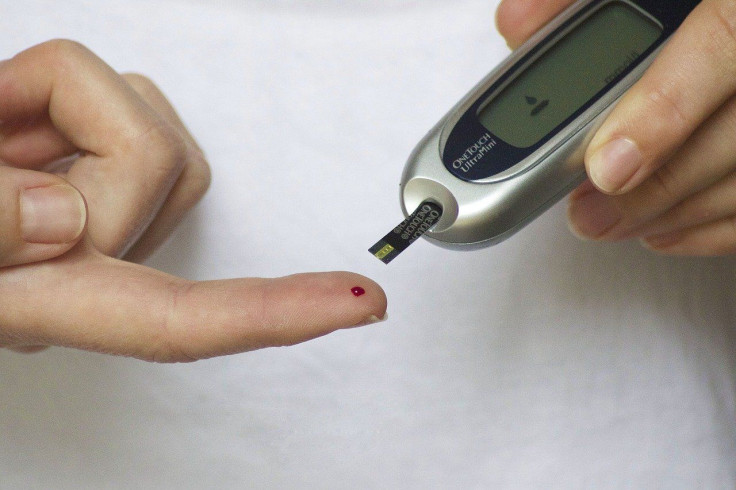What Is Type 3 Diabetes? Researchers Identify Malnutrition-Related Disorder That Affects Millions
KEY POINTS
- The new type of diabetes is found among individuals with low BMI
- It is caused by faulty insulin secretion
- It mainly affects young individuals from low and middle-income countries
We all know about type 1 and type 2 diabetes, more formally known as juvenile diabetes and diabetes mellitus, respectively. But there is another lesser-known third variety related to malnutrition, informally known as "low BMI" diabetes.
This third type of diabetes is most prevalent in low- and middle-income countries, affecting the young demographic. This disease was first classified as "malnutrition-related diabetes mellitus" by the World Health Organization (WHO) in 1985. However, that category was withdrawn later in 1999.
Since its discovery more than 70 years ago, not much progress has been made in understanding the disease.
In a new study, published in the journal Diabetes Care, researchers tried to find the metabolic characteristics of the individuals with this disease to prove "low BMI" diabetes was actually a distinct form of diabetes.
Researchers Identify a Baffling New Type of Diabetes That Affects Millions https://t.co/WY4rWMfotc
— Selfmag (@Selfmag2) August 1, 2022
This elusive type of diabetes affects tens of millions of people in sub-Saharan Africa and Asia, according to researchers. They are mostly poor and scrawny and rarely survive up to a year after diagnosis.
"Current scientific literature offers no guidance on managing malnutrition-related diabetes, which is rare in high-income nations but exists in more than 60 low- and middle-income countries," said study co-author Dr. Meredith Hawkins, a professor at Albert Einstein College of Medicine, New York.
"The doctors in those countries read Western medical journals, so they don't learn about malnutrition-related diabetes and don't suspect it in their patients. We hope our findings will increase awareness of this disease, which is so devastating to so many people, and will pave the way for effective treatment strategies," she added.
Since 85% of people with "low BMI" diabetes were men, the study worked exclusively with male patients to reduce sex-specific variations.
The scientists conducted metabolic assessments on 20 males of ages 19 to 45 who were considered more likely to develop malnutrition-related diabetes. The tests measured insulin secretion and action in the participants. For comparison, the same tests were used to assess groups of participants with type 1 diabetes, type 2 diabetes and healthy controls.
It was found that insulin secretion – not insulin resistance, as was thought earlier – was the culprit behind the disease.
"But it turns out that people with malnutrition-related diabetes have a very profound defect in insulin secretion, which wasn't recognized before. This new finding totally revolutionizes how we think about this condition and how it should be treated," noted Hawkins.

© Copyright IBTimes 2024. All rights reserved.





















